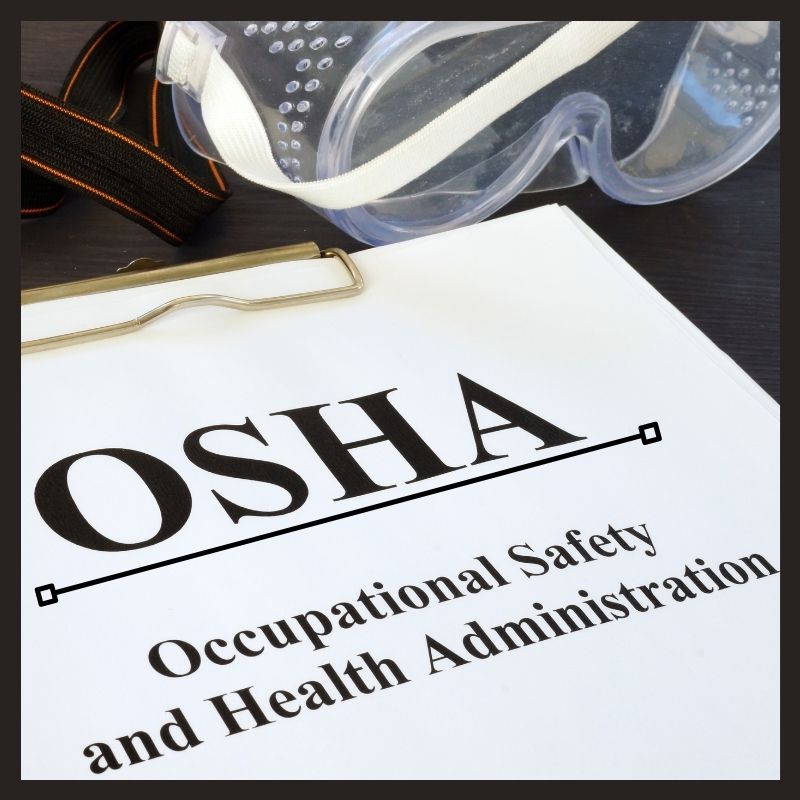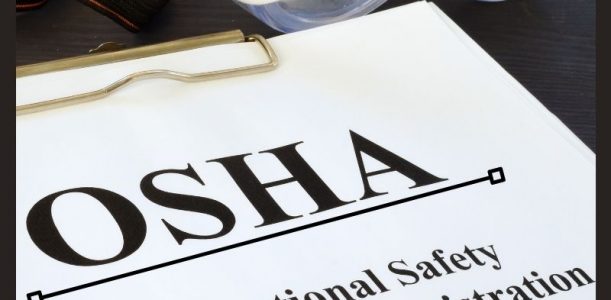
What Is Regulated Waste According to OSHA?
The term “regulated waste” is used in the Bloodborne pathogens standard and refers to the following waste categories:
- Semi-liquid or liquid blood or other potentially infectious materials (OPIM)
- Contaminated items from blood or OPIM which when compressed could possibly release these substances in a semi-liquid or liquid state
- Items that contain dried blood or OPIM that have the potential of being released during handling
- Microbiological and pathological wastes containing blood or OPIM
- Contaminated sharps
It is the responsibility of each employer to determine the existence of regulated waste. This determination should be based on the potential to release blood, such as when compacted in a waste container, as opposed to the actual volume of blood. Hazards include the potential for lacerations or any other percutaneous injuries in the risk of exposure to blood-borne pathogens. These blood-borne pathogen regulations are strictly regulated by OSHA and any other additional state guidelines.
The Importance of an Exposure Control Plan
One requirement of the Occupational Exposure to Bloodborne Pathogens Standard is that all employers must have an “Exposure Control Plan” which includes a written program and procedures that define:
- An exposure incidents
- Implementation
- Education
- Methods of compliance
- Record-keeping
- Communication to employees of all hazards
The management of sharps is critical to ensure the safety of all involved personnel. Sharps containers must be red in color or labeled with the universal biohazard symbol. Sharps containers must maintain an upright position throughout the entire usage and should never be overfilled. Additional guidelines for sharps containers include:
- They must be closable and constructed to contain all contents while preventing any leakage during storage, handling, shipping, or transportation.
- If leakage is possible they must be placed in a secondary container that must meet the same guidelines as closable and preventing leakage
- Reusable containers must not be opened, emptied or manually cleaned in any manner that would expose employees to risk of percutaneous injury.
- Color-coded and labeled according to the standard
- Duct tape may be used to secure the lid of a sharps container as long as the tape does not serve as the lid itself
Communication and training with employees is critical and should be conducted on a regular basis. Employee education should include training on the proper labeling which requires a warning label to include the universal biohazard symbol followed by the word “biohazard” and must be included on all containers or bags of regulated waste including contaminated laundry, and on refrigerators or freezers which are used to store blood or OPIM. The labels must have a background color of fluorescent orange or red with symbols and lettering in a contrasting color.
You can learn more about OSHA standards for blood-borne pathogens from the Healthcare Environmental Resource Center, or use the HERC OSHA State Tool for more information on OSHA regulations in your state.
Pharmaceutical Waste Disposal
In addition to properly disposing of sharps and any bloodborne pathogen material per OSHA regulations, federal regulations to the Environmental Protection Agency (EPA) and Drug Enforcement Administration (DEA) must be met regarding pharmaceutical waste disposal. Improper disposal of medications is a contributing factor to significant pollution of groundwater, it is no longer legal in most states to flush most medications down the drain which was common practice prior to the most recent EPA federal regulations.
Businesses, healthcare facilities, and even residential households that do not dispose of medications properly, especially controlled substances, are one of the biggest contributing factors to drug diversion. Drug diversion occurs when medications are used by a person they are not prescribed for or for reasons not intended, which is a contributing factor to the opioid epidemic in the U.S. C2R Global Manufacturing offers Rx Destroyer™, a convenient drug disposal system that is easy to use and destroys medications with activated carbon. This method of chemical digestion is an approved method of drug disposal by the DEA.
C2R Global offers easy to use medication waste disposal products with Rx Destroyer™ for all-purpose and liquid medications. Rx Destroyer™ does not require the use of batteries, addition of water and never requires contracts. Contact us to learn more about safe and convenient pharmaceutical waste disposal products.

